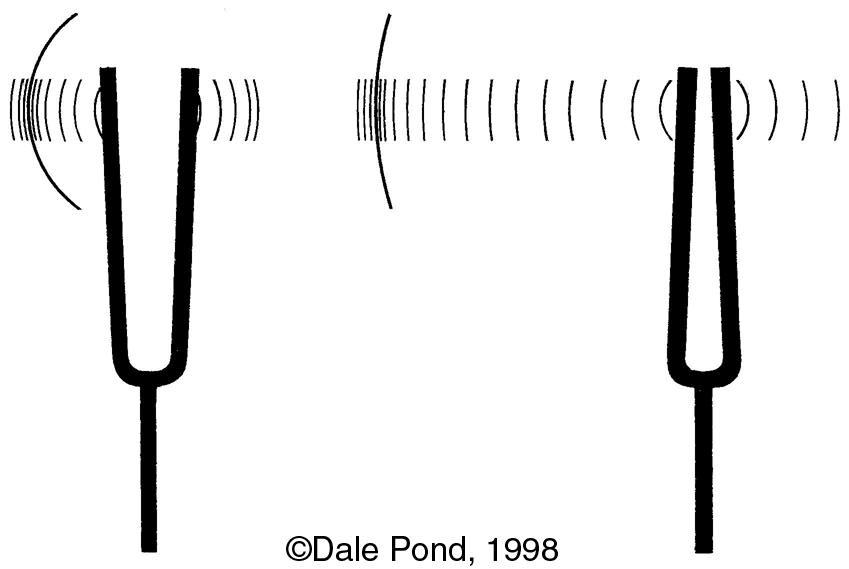
"To illustrate the necessity for accuracy, he states the best of our tuning forks, the actual standards of pitch, are usually about 1/40th from being concordant!" [GRADUATION OF SYMPATHETIC MACHINERY]
"Norman Lockyer deals with the law of sympathetic association as follows:- "While in the giving out of light we are dealing with molecular vibration taking place so energetically as to give rise to luminous radiation, absorption phenomena afford no evidence of this motion of the molecules when their vibrations are far less violent." . . ."The molecules are so apt to vibrate each in its own period that they will take up vibrations from light which is passing among them, provided always that the light thus passing among them contains the proper vibrations." . . . "Let us try to get a mental image of what goes on. There is an experiment in the world of sound which will help us." . . . "Take two large tuning-forks, mounted on sounding-boxes, and tuned to exact unison (entangled). One of the forks is set in active vibration by means of a fiddle-bow, and then brought near to the other one; the open mouths presented to each other. After a few moments, if the fork originally sounded is damped to stop its sound, it will be found that the other fork has taken up the vibration, and is sounding distinctly. If the two forks are not in unison, no amount of bowing of the one will have the slightest effect in producing sound from the other." [Clara Bloomfield-Moore, Keely and His Discoveries]
See also
Quantum Entanglement
Resonance
Sympathetic Oscillation
sympathetic string
Sympathetic Vibration
Sympathy
Tuning Fork
Tuning Forks Sympathy
Unison
